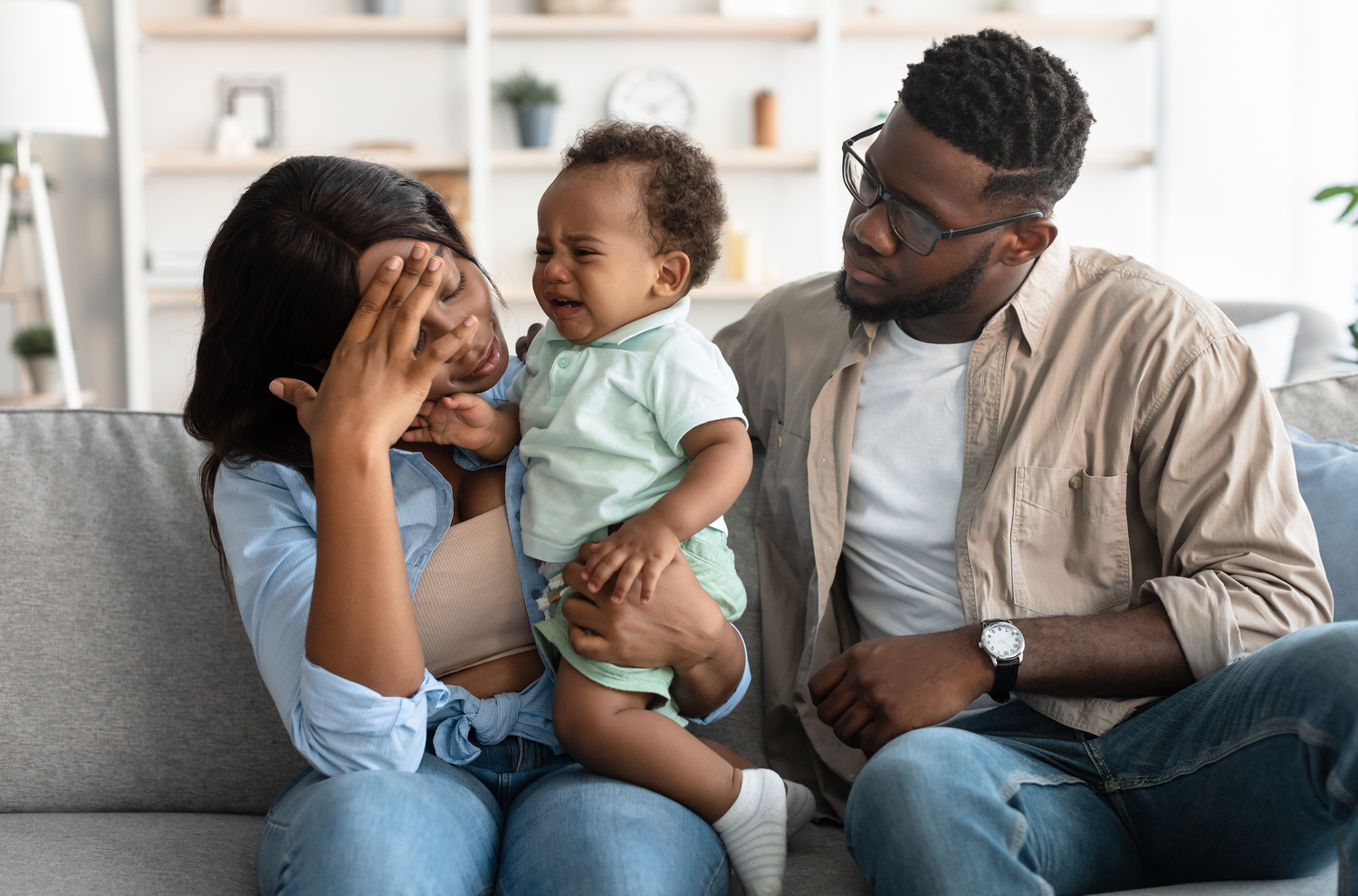On This Page
Buying and installing a car seat is one of the most important tasks faced by parents.
Your child will need a car seat from the moment you leave the hospital until he or she is about 12 years old. Not having the correct car seat for your child’s age and weight is not only extremely dangerous, but it’s also against the law.
The law of the Cayman Islands states that a person under the age of 14 years must wear an adult seat belt or a child restraint, except in certain and very limited circumstances. The law also states that a rear-facing child restraint seat must not be fitted in a seat protected by an active frontal airbag.
Tips for Buying a Car Seat
- Make sure the car seat meets the appropriate safety guidelines for your child’s weight and age group.
- When purchasing a car seat, do your research on consumer websites such as www.which.com in the UK or Consumer Reports in the US. Also research possible recalls.
- Familiarise yourself with the most up-to-date safety standards when purchasing a car seat.
- Buying a car seat second hand is not recommended as it could have been damaged in an accident or may not have all of its parts.

What Size Car Seat?
Car seats are divided into three main groups, depending on your baby or child’s age and weight:
GROUP 0+: Rear-facing car seats suitable for babies aged up to 15 months or who weigh up to 13 kg (29lb).
GROUP 1: Forward-facing seats are suitable for children who weigh 9-18kg (20-40lb) or between the ages of 9 months to 4 years.
GROUP 2/3: High-backed booster seats are suitable for children who weigh 15-36kg (33lb-5st 9lb) or between 4 to 11 years of age.
Combination seats that cross over these groups (e.g. group 0+/1) are also available. These car seats are suitable from birth until your child weighs about 18kg (40lb) or is around age 4. Whilst these seats can be more economical, they may not offer the same level of protection.
Source: www.nhs.uk
Fitting Car Seats in European and American Vehicles
As you can purchase both European and American cars in the Cayman Islands, parents should be aware of the different safety systems and how to fit their child’s car seat properly.
European Cars
i-Size is an European standard for car seats. i-Size seats are fitted into a car using the Isofix system, which reduces the risk of car seats not being fitted properly, and is designed to make installing the car seat quick and simple. Most cars made from 2007 onwards are fitted with an Isofix system, so fitting a car seat should be easy for everyone. Isofix became a mandatory feature in all cars manufactured after November 2014 (except for vehicles with 2 seats).
Isofix anchorage points allow you to fix the seat securely and rigidly, provided the points are compatible. Isofix points make fitting the seat correctly much more simple, as you just slot the seat in.
Isofix anchorage points are found in the back of the car, in the gap between the upholstery. There may also be insertion aids for the connectors that will lock into specific points or a top tether or supporting leg that needs to be in place. (www.childcarseats.org.uk)
American Cars
In the US, all child safety seats and vehicles manufactured after 2002 must be compatible with the LATCH system, which stands for Lower Anchors and Tethers for Children. Some cars manufactured between 1999 and 2002 also have the LATCH system.
The LATCH system is designed to make installation of a car seat easier and safer by attaching the car seat directly to anchors permanently attached to the vehicle instead of using the seat belt to secure the seat. Although only front-facing infant and toddler car seats are required to have both the upper and lower attachments, all child safety seats with a five-point safety harness (including rear-facing infant car seats) are required to have the lower anchors. (www.babycentre.com)
Installation and Use
Car City and Tony’s Toys both offer a car seat fitting service to ensure that your car seat is fitted safely and securely.
Install
- Fit your car seat exactly according to manufacturers instructions.
- All newborn car seats should be installed in the rear facing position in the back seat. Use a rear facing car seat for as long as your baby fits into it, as they offer the best protection in the event of an accident.
- Ensure the car seat actually fits your model of car as not all seats fit in all cars, while others might just about squeeze in, but leave very little leg room or space for another seat next to it.
Use
- Make sure the child is securely strapped in, according to the manufacturer's instructions.
- All straps should lie flat against your child without twists or knots. Straps should be snug but not too tight.
- Never leave your child in a vehicle where they can overheat and risk suffering from heat stroke. Research found that newborn babies shouldn’t be left in car seats for more than 30 minutes at a time in order to avoid restriction to their breathing and heart rate. (Source: Great Western Hospitals NHS Foundation Trust).
- Always place your child in the seat from the pavement side of the car.





